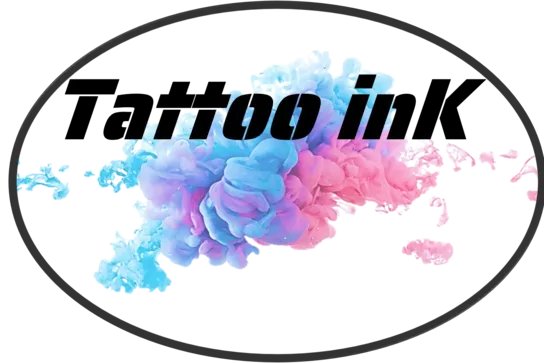Tattoo inK

Objective
To conduct a detailed survey of tattoo exposure at the population level to assess potential tattoo-related health risks, in particular lymph node and skin cancer risk, using large population cohorts.
Background
More and more people in Germany are tattooed, according to surveys 10-36%. Despite the high prevalence in the population, little research has been done on the health effects of tattoos and tattoos are generally considered to be harmless to health. Few people are aware that most of the solid tattoo ink components migrate from the skin into the body, initially into the lymph nodes, and that tattoo inks can contain toxic substances. Depending on the color and origin of the tattoo inks, these include metals, polycyclic aromatic hydrocarbons (PAHs) and primary aromatic amines (PAAs). These substances can be carcinogenic when exposed orally or through the respiratory tract. Possible consequences of subcutaneous exposure, as with tattoos, are largely unexplored.

Study design
Collection of longitudinal epidemiological data in the NAKO health study conducted throughout Germany (size of the study population: > 200,000) by means of an additional standardized questionnaire on tattoo exposure. Detailed knowledge about the exposure is necessary because a potential health risk depends on many factors of a tattoo, e.g. color, size and age of the tattoo).
In parallel to the project described below, the same information is being collected in the French national cohort "Constances", coordinated by the International Agency for Research on Cancer (IARC). Funding for this partner project is provided by the French Cancer Institute (INCa). Thus, in addition to the planned national analyses, the data collected in the German and French studies could be jointly analyzed and compared in a further step to validate the results and maximize the statistical power.

Tattoo ink is funded by the German Cancer Aid.
German Cancer Research Center
Dr. Lena Koch-Gallenkamp
Clinical Epidemiology and Aging Research
International Agency for Research on Cancer
Milena Foerster
Environment and Lifestyle Epidemiology Branch
Study Management